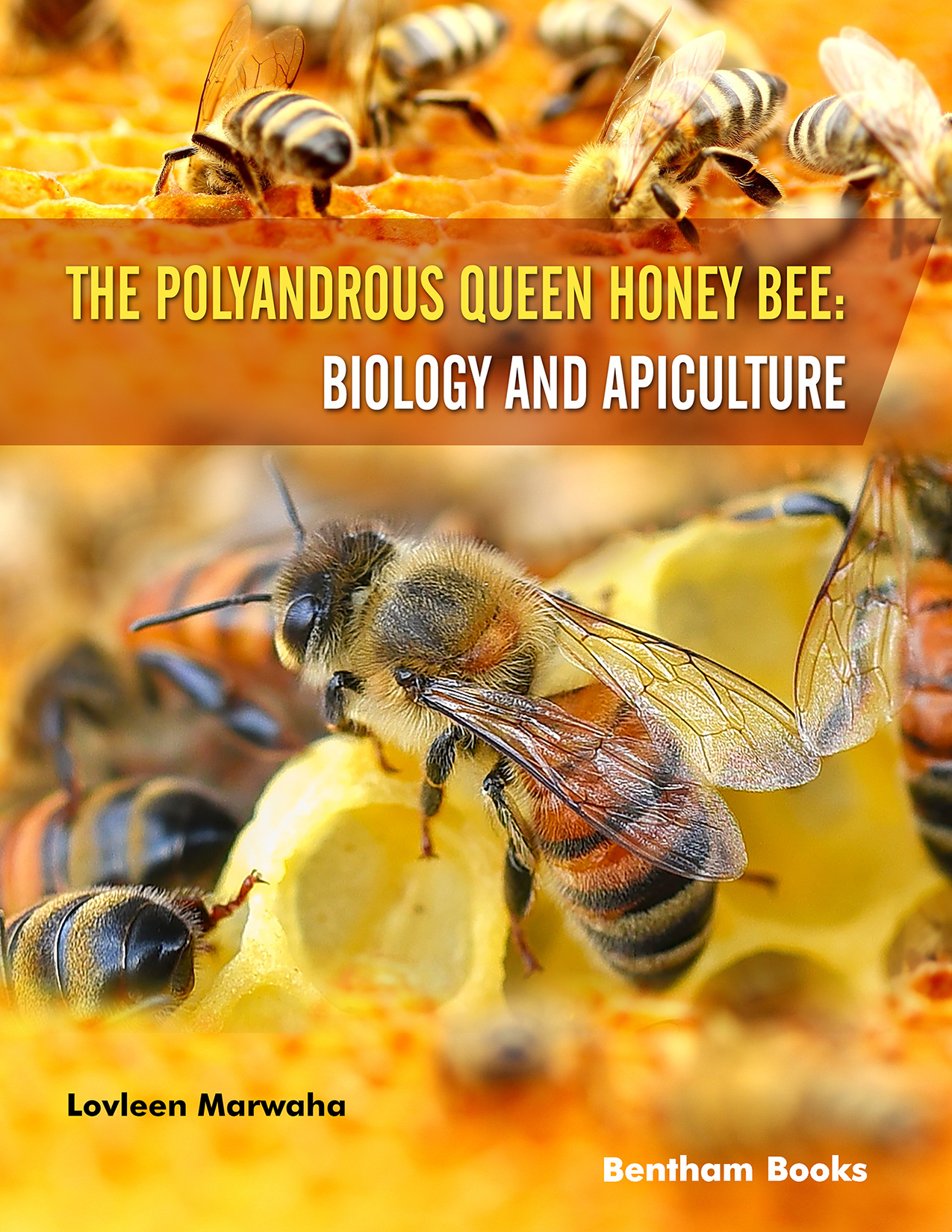Introduction
The queen honey bee is known to mate with multiple drones, and can produce over a million offspring in its lifetime. Its presence is vital to the growth and survival of a beehive. This reference book is a detailed guide to queen honey bees. The book starts by providing deep insights into the fascinating biology of the queen honey bees, their morphometric features, developmental synchronicity, genetics, hormones, pheromones, colonial organization and swarming. Further, the book describes artificial queen rearing techniques that facilitate healthy bee colony growth and increase apiculture productivity. The book equips readers with all the knowledge they need to know about queen bee development, their role in the colony and improving the health of their colon
Key Features
- 14 reader-friendly chapters that comprehensively present information about queen honey bees
- Comprehensive coverage about queen bee biology, including their physical morphology, genetics, proteomics, development and behavior (including worker and drone interactions)
- Information about the role of queen bees in colonial organization and life-cycle events
- Practical information that helps to improve bee colony health for research and apiculture (disease mechanisms and control, artificial breeding
The book is an essential primary reference on queen honey bees for biology and entomology students, academicians and researchers at all educational levels. Apiculturists, bee keeping enthusiasts, and general readers interested in honey bees can also benefit from the breadth of information presented.
Audience:
Apiculturists, bee keepers, biologists, zoologists, entomologists, bee enthusiasts and general readers interested in the biology of bees.

